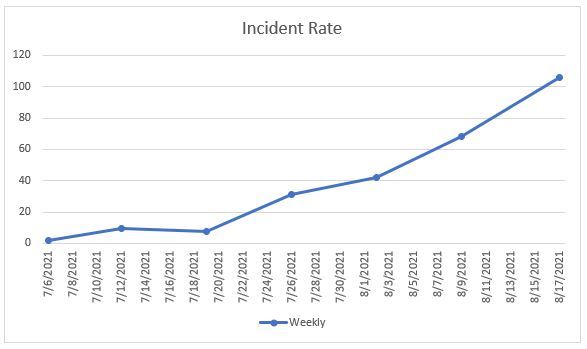“Travelers along U.S. 60, and especially the residents of McCracken and Livingston counties, are going to have a new ‘Ledbetter Bridge’ much earlier than expected,” Gov. Beshear said.
“We will cut a minimum of nine months off the estimated completion date of the project. But even better than that – we should be able to have two lanes of traffic on the new bridge by May 2013 – 14 months ahead of schedule,” Gov. Beshear said.
Under an agreement between the Kentucky Transportation Cabinet and the contractor, Kay & Kay/Haydon Bridge Joint Venture, the bridge contract is being converted from “working days” to a specified completion date.
Under the accelerated schedule, the new, four-lane bridge would be completed by Oct. 31, 2013 – as opposed to an original completion target of July 2014. But the contractor can collect up to $3.8 million in incentives by getting the bridge open to two lanes of traffic by May 1, 2013. For each day after May 1, 2013, the contractor would forfeit $19,000 of the incentive bonus.
Advancing completion of the new bridge was considered the best option after the existing Ledbetter Bridge, which is 80 years old, had to be reduced to a 3-ton load limit for safety reasons. The 3-ton limit effectively restricts the bridge to passenger vehicles and unloaded standard pickup trucks. Barring truck traffic has created a hardship for area businesses and farmers.
Some additional work is scheduled on the existing bridge to help assure critical commuter traffic can be safely maintained until the new bridge is ready to open.
The contractor and KYTC engineers are working out details for maintaining traffic safety during final work on the new structure, including the painting of the main truss. Some of the time saved comes from placing two-lane traffic on one side of the new bridge while half the truss is being painted, then shifting traffic to the other side to allow painting of the rest of the structure.
Transportation Secretary Mike Hancock said accelerating work on the new bridge took into account the expense of keeping the old bridge open for limited commuter traffic and the benefits of restoring truck traffic for area businesses and farmers.
“We think this agreement strikes a balance between the costs of using law enforcement to assure traffic is obeying the 3-ton limit and 35 mph speed limit, as well as ongoing maintenance required on the old bridge, and the need to restore truck traffic for businesses that depend on this river crossing,” Secretary Hancock said. “This is a common sense approach to maintaining a critical river crossing.”
KYTC engineers expect to finalize details of the accelerated work schedule in the next few weeks.





